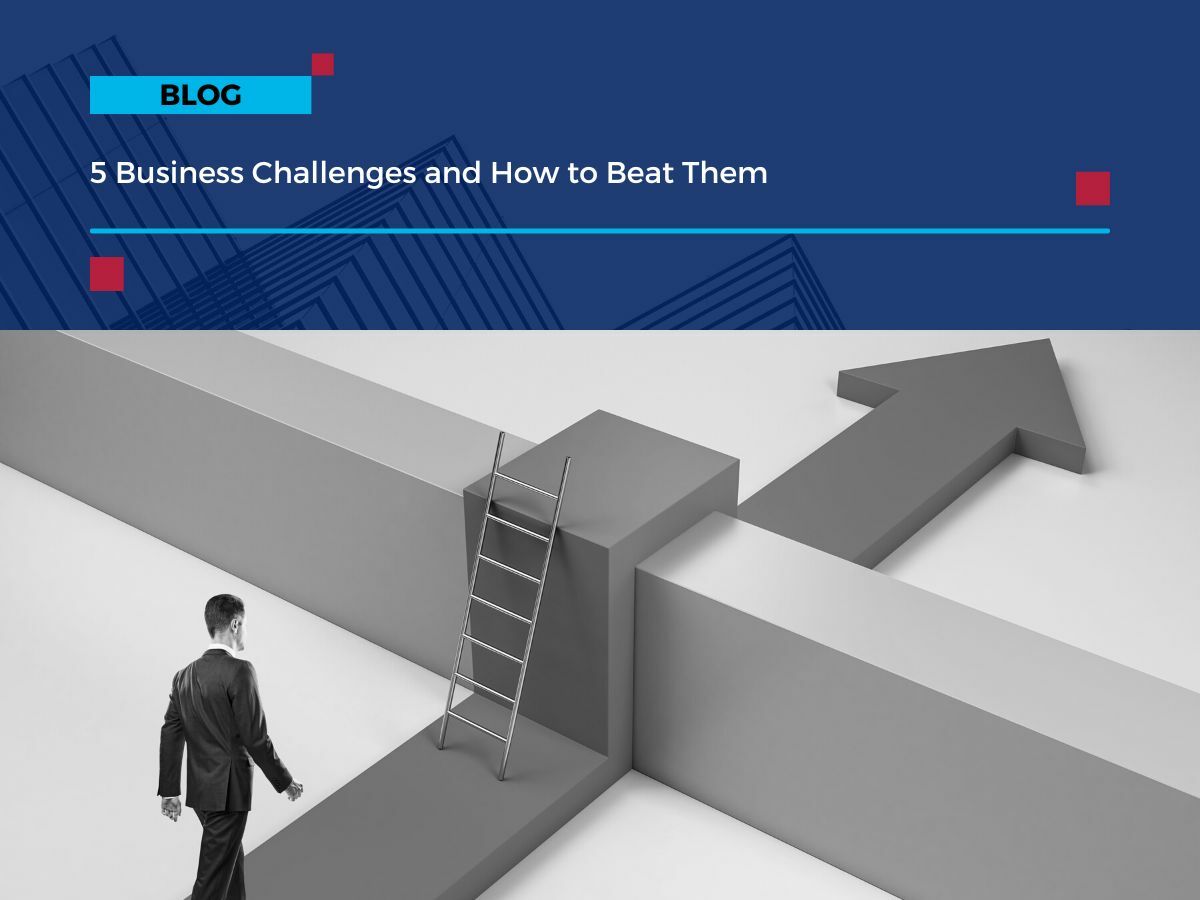
Proving your ongoing business viability through 5 financial reports
Proving your ongoing business viability through 5 financial reports
Whether you’re applying for government subsidies, taking out a business loan or seeking investor support, you need to be able to demonstrate your ongoing viability as a business.
To prove this viability, it’s important to have the right financial information at your fingertips. This information is also just as important for your own internal planning and decision-making.
So, where do you start and what are the reports that you’ll need?
The numbers that prove you’re a business with a future
Any lender or government body wants to know that your business has a future.
As the owner, you may believe in the destiny of your company, but you also need the numbers to reinforce this argument. Banks, lenders and investors are taking a risk in backing you. Because of this, they want to know that you’re capable of making the agreed repayments, and that the business is in a financial position to deliver profits and payouts for investors.
Before investing in your business, organisations will want to see:
- Evidence of a healthy sales pipeline and sales revenue
- Manageable debt that’s not eating into your capital
- A positive cashflow position that covers your main costs
- Forecasts that show stability or growth in your revenues
- A meaningful business strategy for the next two to five years of growth
The data you need to plan your future
You can’t run a business on a wing and a prayer. With so many different ways to track and record your business data, there’s no excuse for not being up to speed with your performance, your targets and your forecasted sales, cashflow, debt and profits.
This information isn’t just useful when approaching investors and lenders. It’s also vital for your own strategic thinking, your business planning and your internal decision-making
Crucial management information to know will include:
- Your targets and budgets for the upcoming period
- Your sales and financial performance against these targets
- Your basic financial position and health
- Your forecasts for future sales, cashflow and end profits
The 5 key reports that define your company’s growth
Today’s cloud accounting software makes it a breeze to produce detailed and informative financial statements. These are the main statements and reports to focus on:
Business plan
Your business plan is a written document that outlines the company's goals, strategies and financial projections for future success. It’s your route map for the business journey that lies ahead, and a crucial document when approaching investors.
Sales reports and forecasts
Sales reports give a historic summary of your past sales data, so you can track how you’re performing. Sales forecasts project this data forward in time to show future sales trends and potential sales growth you may achieve.
Revenue forecasts
A revenue forecast is a projection of your expected income or revenue for a specific period. Being able to track and forecast your revenue position is vital information when carrying out financial planning and decision-making.
Cashflow forecast
A cashflow forecast is an estimate of your expected inflows and outflows of cash over a specific period. By forecasting these cash inflows/outflows you can aim to keep the business in a ‘positive cashflow position (more cash coming in than cash going out).
Financial statements
The main financial statements to keep your eye on will be your:
- Cashflow statement – shows your current cashflow position, so you can make the most informed decisions about spending and cost management.
- Balance sheet – shows your present assets, liabilities, and equity. It’s a snapshot that reflects the company’s financial position at a specific point in time
- Profit and loss statement (P&L) – a breakdown of the income coming into the business, and the expenditure going out. Crucial for managing your profitability.
- Aged debts – categorises and analyses your outstanding customer invoices, based on when they should have been paid. Keeping on top of this helps to speed up payment and improve your cashflow position.
Talk to us about proving your business viability
Having the data and evidence to prove you’re a viable and stable enterprise is crucial. It’s these numbers that will help you plan your growth and access the investment you need to scale.
We’ll help you create a detailed business plan, revise your strategy and produce all the financial and non-financial statements you’ll need to make informed business decisions.








